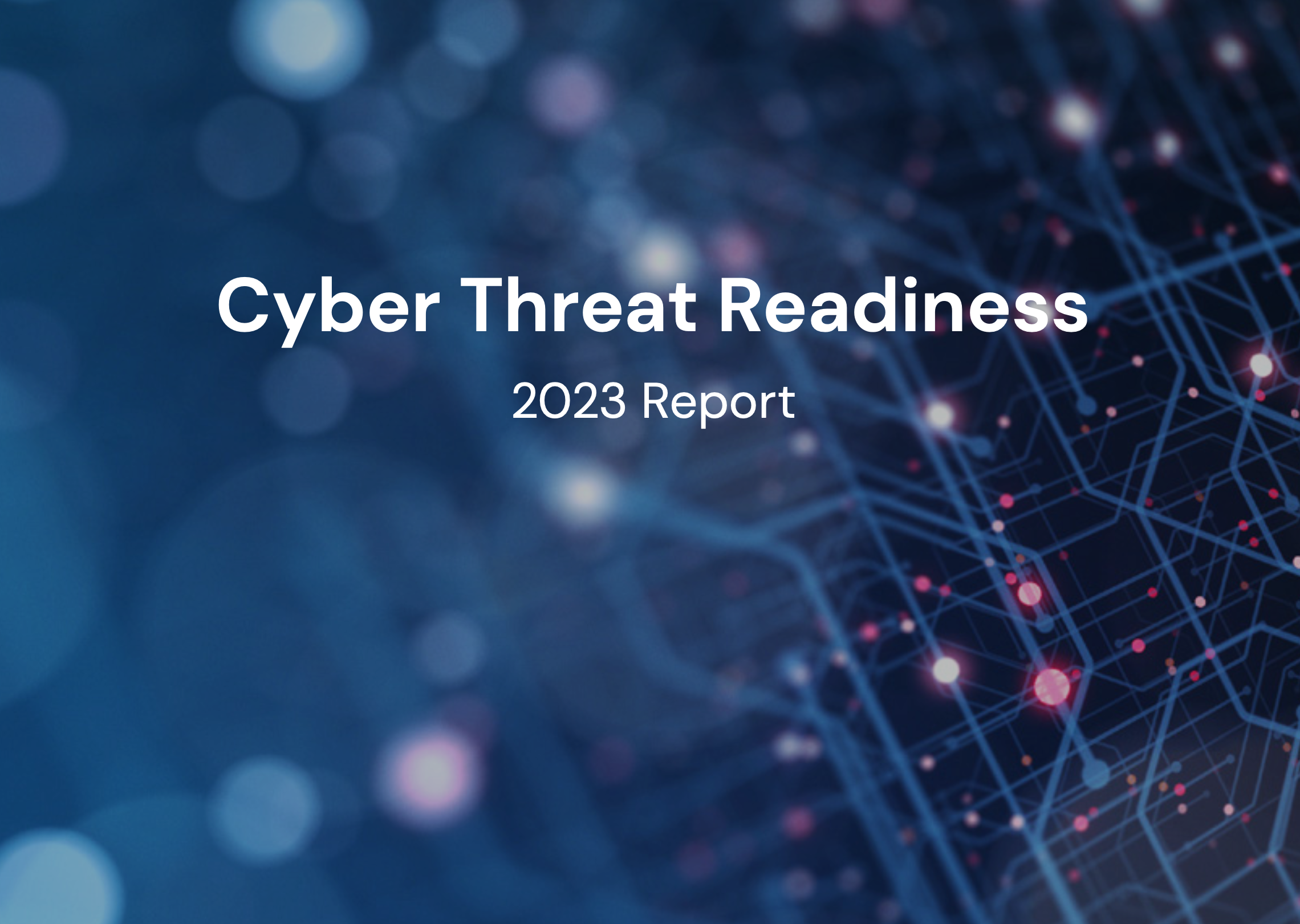It’s that time of year again football fans! You can ask my wife – very few people love watching football as much as I do (when you’re a Bears fan, you watch a lot of other teams’ games).
Despite my deep love for football, I never jumped into the world of “fantasy football.” While the idea has always been intriguing, two things held me back. One, it took effort.
You can no longer grab a cold one, hold down the couch, and bounce from game to game on Sunday Ticket. Watching football is my oasis and place of relaxation. Second, fantasy football is simply that- pure fantasy. While fantasy football is good for sports banter with buddies, to me the art of American Football is a rostered team, athlete preparation, game plans, and execution in the season – all within a salary cap and single franchise.
So, you might be wondering how in the world fantasy football relates to my second-most passionate topic, security automation. I’ve come to realize that the rise in popularity for fantasy football parallels the hype surrounding “no-code” security solutions. And it’s become clear that fantasy football isn’t any less of a fantasy than a no-code security automation tool.
So what exactly does a no-code solution look like? Continue reading for deeper insight and connect with me on LinkedIn to further these discussions. I also welcome all off-topic football banter during this NFL season (Go Bears).
No-Code Solutions: As Realistic As a Fantasy Team in the NFL
No-code automation solutions provide codeless entry into the basic security automation capabilities. Despite the name, substantial coding still takes place in the backend, but your team isn’t required to employ Python scripting to operate no-code platforms. No-code tools are out of the box and extremely user-friendly. This makes no-code tools attractive to resource-constrained organizations and smaller security teams that lack advanced scripting skills required for full-code automation platforms.
However, with no-code platforms you’ll be handicapped when it comes to customization, visibility, reporting, and case management. This trade off might be tempting in the short term, but no-code automation platforms quickly leave organizations flat-lining the moment they begin to grow. As an organization evolves, so do security needs. Hence, they are primarily suited for short-term and straightforward automation needs. This is where the no-code ‘fantasy’ comes to play. In our recent Cyber Threat Readiness Report, many organizations stated:
- 95% of security professionals said that ‘no-code’ solutions were problematic due to limited functionality and lack of sophisticated automation
The “No-Code Fantasy” is a reality. Yes, no-code solutions can serve initial and quick needs, but it’s important to be mindful of the many constraints:
- Only pre-made integrations
- Limited customization
- Reporting gaps
The Sweet Spot: AI Enabled Low-Code Security Automation
Enter low-code automation. This is what the market is demanding – The right balance of pre-built solutions to get started, limitless integrations, and a fully customizable user experience. Organizations want no-code capabilities but also need the ability to grow. With Swimlane’s fully customizable user experience, companies can automate any use case you can imagine.
Once that’s done, and as I like to say, you’re off to the races! Whether it’s EDR, phishing, ticketing, or SIEM triage, Swimlane provides integrations that are readily available. Swimlane’s customers, such as Lumen, InComm Payments, and Toshiba, have diverse processes. With Swimlane they have the ability to adapt and customize integrations and coding capabilities based on the team’s expertise, which is essential for smooth operations of any scale.
Are you starting to understand what I mean when I say sweet spot? AI enabled low-code automation allows organizations of any size to streamline tedious tasks, allowing them to effectively and efficiently address every alert (using as much code or as little code as they’d like). The flexibility in how sophisticated or simplistic you want the platform to be is unique to low-code automation. According to our Cyber Threat Readiness Report, many organizations said:
- 78% of organizations that handle all alerts incorporate low-code security automation into their security posture
- 98% of respondents highlighted the benefits of low-code security automation solutions.
These metrics help reiterate the scalability of low-code solutions, like Swimlane Turbine. We offer a single-pane of glass into your security operations center (SOC). And to make it a little sweeter, the built-in case management functionality helps organizations quantify the business value of the solution with visual reports that are easy to communicate to high-level executives.
What is Your Football Strategy for Automation Success?
As easy as it is to be fooled and allured by a perfectly curated fantasy football team full of hall-of-famers, security leaders are presented with a similar charm when it comes to no-code automation solutions. Choosing the best-fit automation tool is immense to the success of your security teams.
So now I leave you with this question- what approach will you choose? Will you set your security operations (SecOps) teams up for long term success with a customizable, sophisticated, and result-oriented automation platform with a proven track record? Or will you opt for the quick allure and fantasy of no-code solutions, hoping they won’t let your organization down as you scale your business?

Cyber Threat Readiness Report
Learn about the alarming misalignment and lack of understanding between executives and security analysts.


